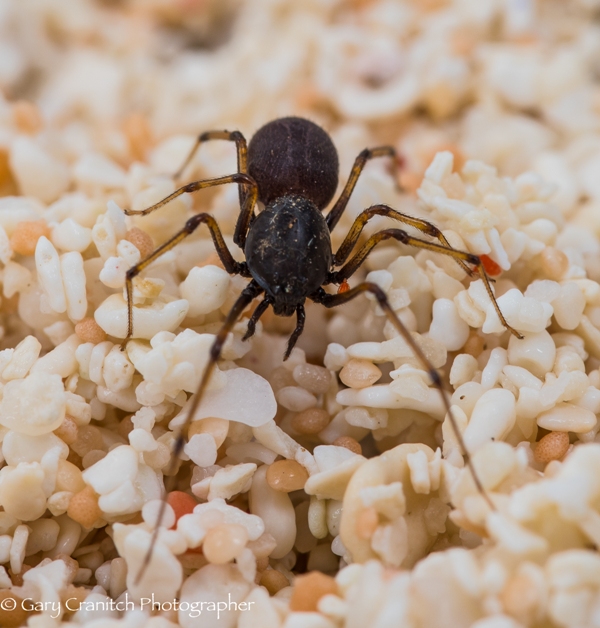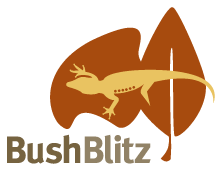By Dr Barbara Baher
Under the Octopus Bushes (Argusia argentia) on Coringa South-west Islet a slow crawling Spitting Spider (Scytodidae) surfaced on the litter. Spitting Spiders have long gangly legs and six eyes arranged in three groups. Called a Spitting Spider because of their bizarre prey capture method – they spit deadly glue onto their prey in a zig-zag shape to pin it down and paralyse it. Spitting Spiders are the spiders that produce silk in the front part of their body. A rapid contraction of the carapace muscles compresses the large venom gland that produces gluey silk.

Scytodidae are pantropical and some of them are cosmopolitan species. The Australian Scytodid fauna is a not well known – all six described species have only old descriptions and no revision of this family has been done to date. I expect that at least 30 Australian Spitting Spider species exist.
We don’t know yet if this species from Coringa Islet is a cosmopolitan species or a rare new species who lives only on Coringa Islet.



